Your art degree may be more valuable than you thought. Experts claim that arts jobs are unlikely to be eliminated amid workforce automation.
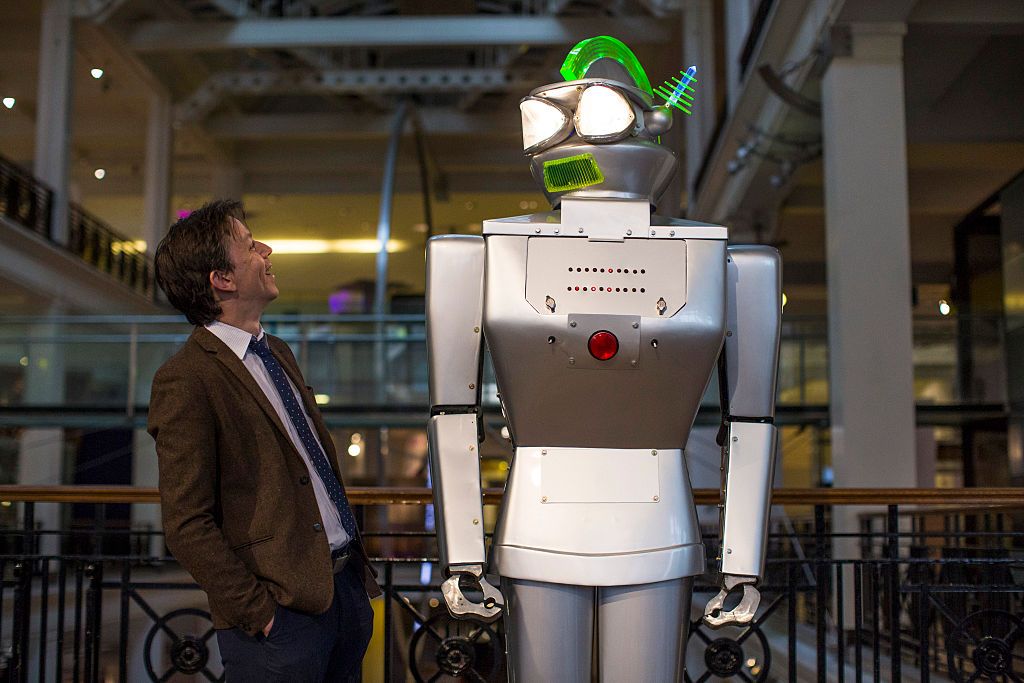

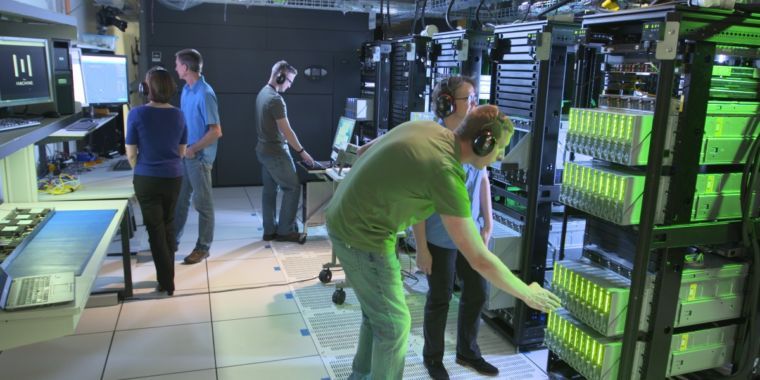
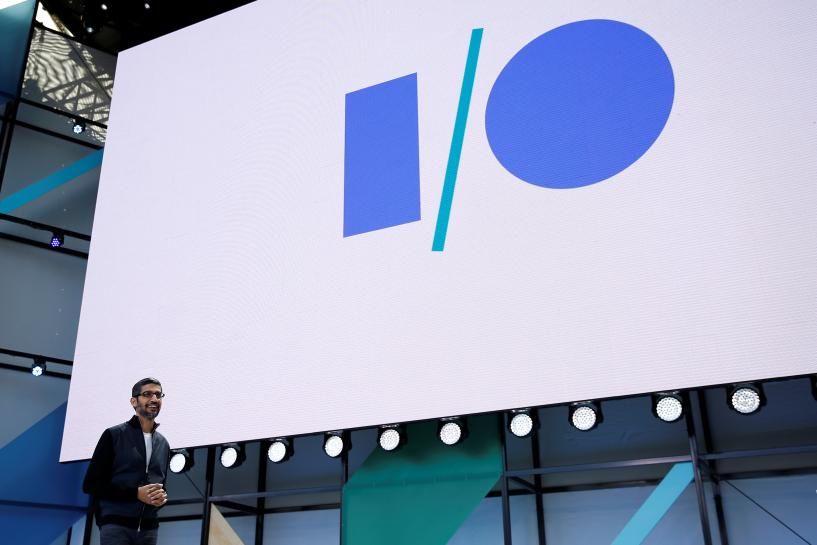
N” Mobile phone apps took center stage at Google’s annual developer conference on Wednesday as the search giant announced new features for its digital assistant and its popular photo app while devoting little time to the Android mobile operating system.
Addressing an audience of thousands of developers in Mountain View, California, Google executives delivered a broad-based update to their product portfolio which also included a slate of new features for the Google Home speaker, a job search tool and even a set of new virtual reality headsets.
In a sign of the ongoing strategic importance of Google Assistant, the company’s artificial intelligence-driven, voice-controlled digital assistant, Google announced it would make the product available on Apple Inc’s (AAPL.O) iPhone, making a play for the higher end of the smartphone market and challenging Apple’s Siri feature on its own devices.


Intel, Salesforce, eBay, Sony, SAP, McKinsey & Company, Zalando and Cogitai are joining the Partnership on AI, a collection of companies and non-profits that have committed to sharing best practices and communicating openly about the benefits and risks of artificial intelligence research. The new members will be working alongside existing partners that include Facebook, Amazon, Google, IBM, Microsoft and Apple.
Collectively, the partners will be hosting a series of AI Grand Challenges to incentivize researchers to contribute to key roadblocks in the field and to address some of the social and societal ramifications of artificial intelligence research. The group is also announcing a best paper award for the greatest contribution to “AI, People, and Society,” to aid in addressing a similar goal.
In addition to the paper awards and challenges, the Partnership on AI will also be establishing topic and sector-specific work groups to make good on the group’s promise to generate a list of best practices for researchers.
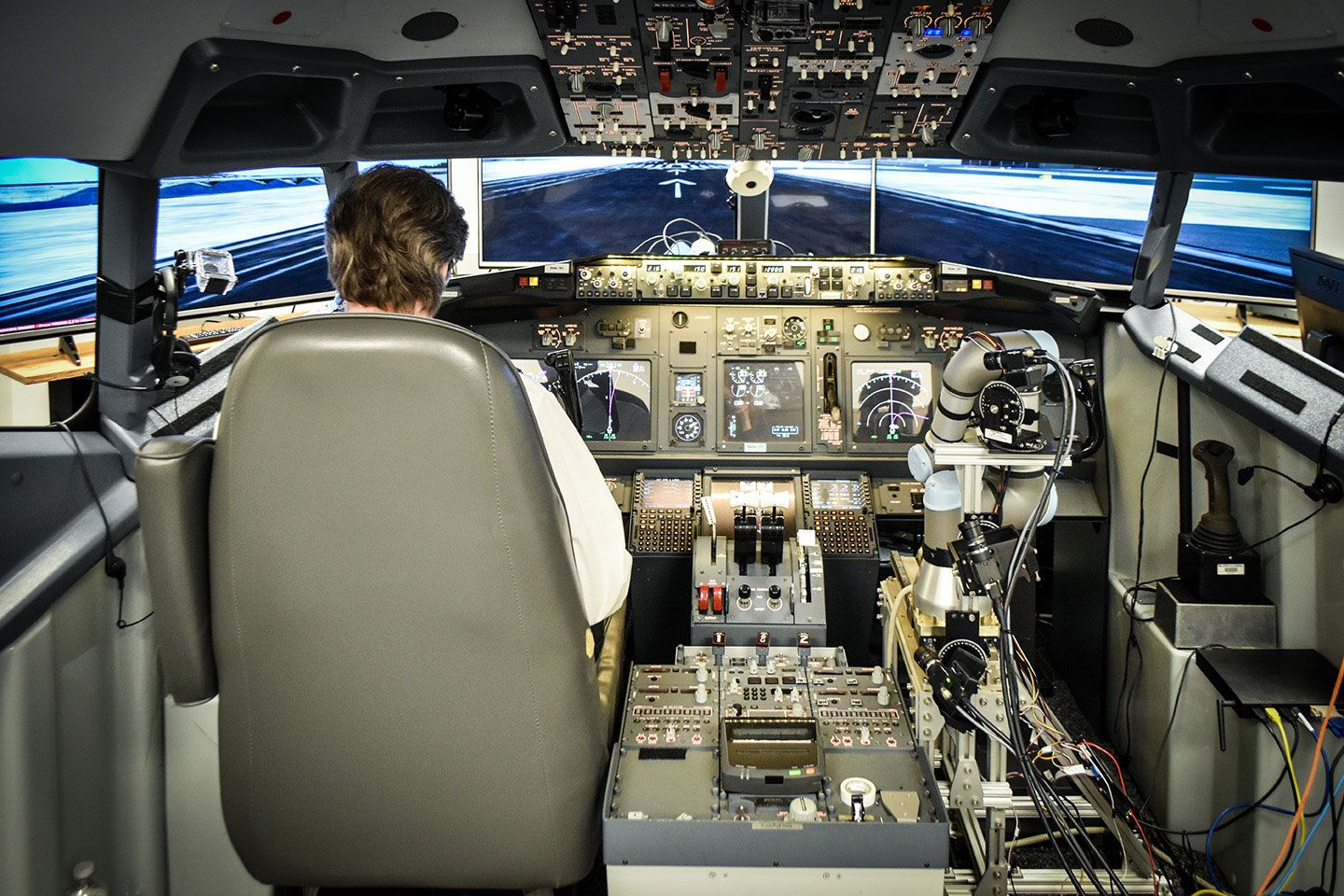
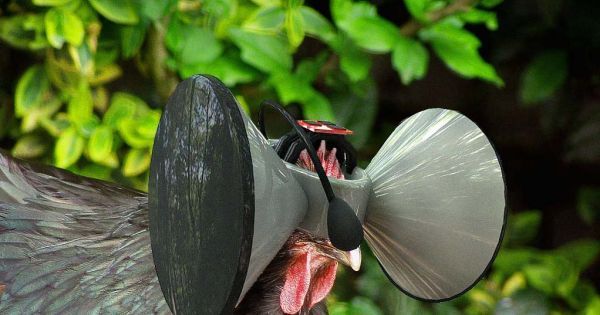
Free-range livestock is going to the next level, thanks to a unique, if seemingly silly idea that has recently gone viral. Second Livestock is a free range world for chickens in virtual reality (VR). And yes, just like most of VR’s current applications, it actually works like a game — a massively-multiplayer one full of chickens and with no AI bots.

Elon Musk co-founded artificial intelligence non-profit OpenAI just announced it has created an AI system that can learn to complete a task in reality after watching just one demonstration of that task in a simulated environment.
If imitation is the sincerest form of flattery, OpenAI’s newest robot system should leave humanity blushing. Not only can it successfully replicate human behaviors, it can do so after just a single demonstration of the task.
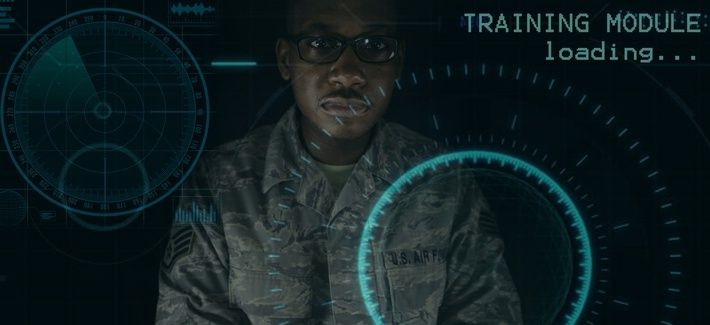
Biological systems don’t completely freeze up when they encounter a new situation, but computers often do.
Biological organisms are pretty good at navigating life’s unpredictability, but computers are embarrassingly bad at it.
That’s the crux of a new military research program that aims to model artificially intelligent systems after the brains of living creatures. When an organism encounters a new environment or situation, it relies on past experience to help it make a decision. Current artificial intelligence technology, on the other hand, relies on extensive training on various data sets, and if it hasn’t encountered a specific situation, it can’t select a next step.
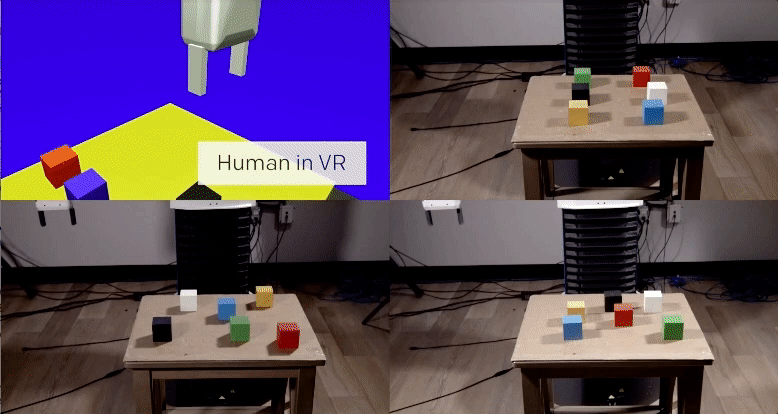
Last month, we showed an earlier version of this robot where we’d trained its vision system using domain randomization, that is, by showing it simulated objects with a variety of color, backgrounds, and textures, without the use of any real images.
Now, we’ve developed and deployed a new algorithm, one-shot imitation learning, allowing a human to communicate how to do a new task by performing it in VR. Given a single demonstration, the robot is able to solve the same task from an arbitrary starting configuration.
Caption: Our system can learn a behavior from a single demonstration delivered within a simulator, then reproduce that behavior in different setups in reality.